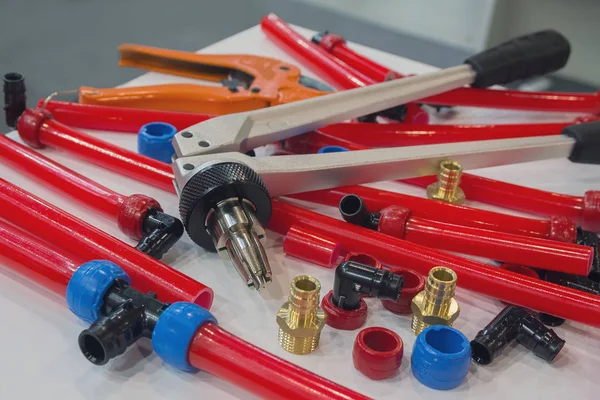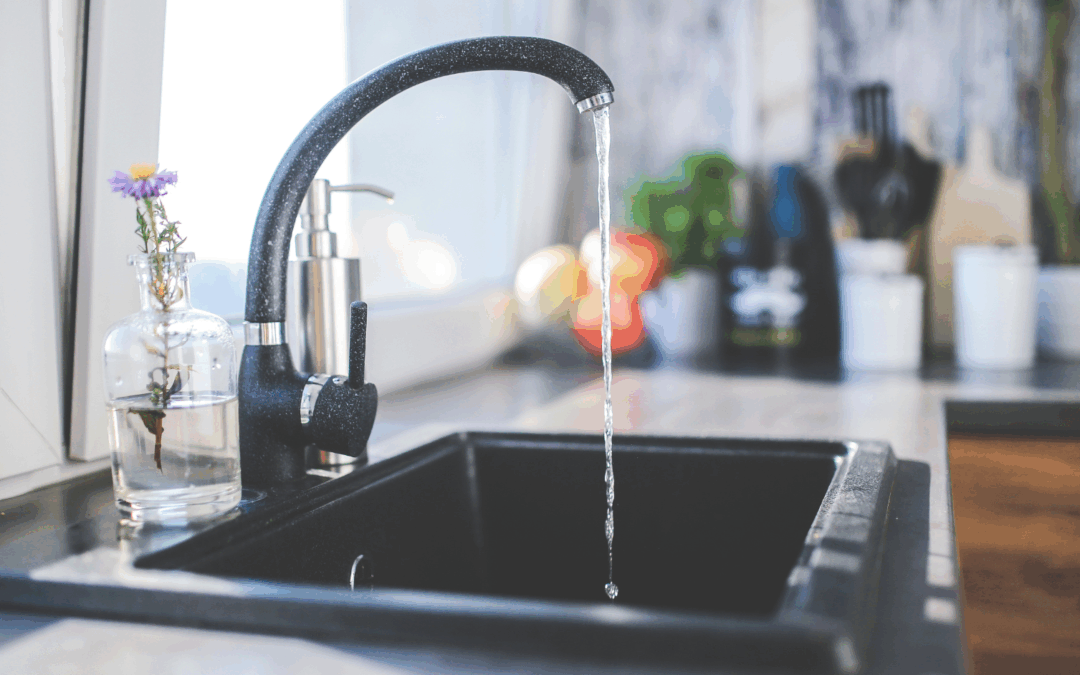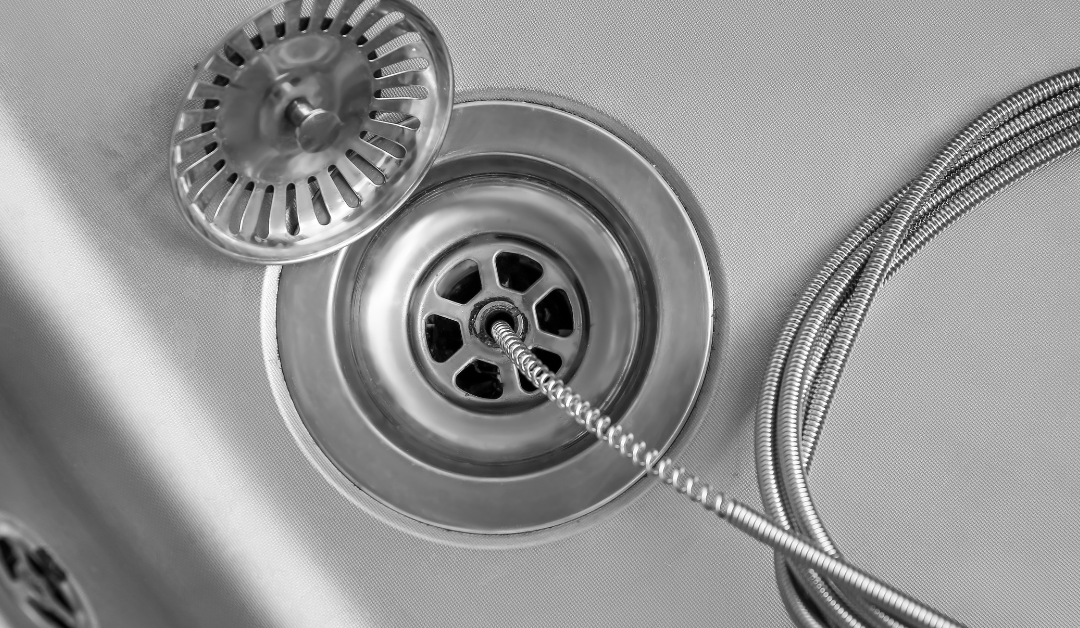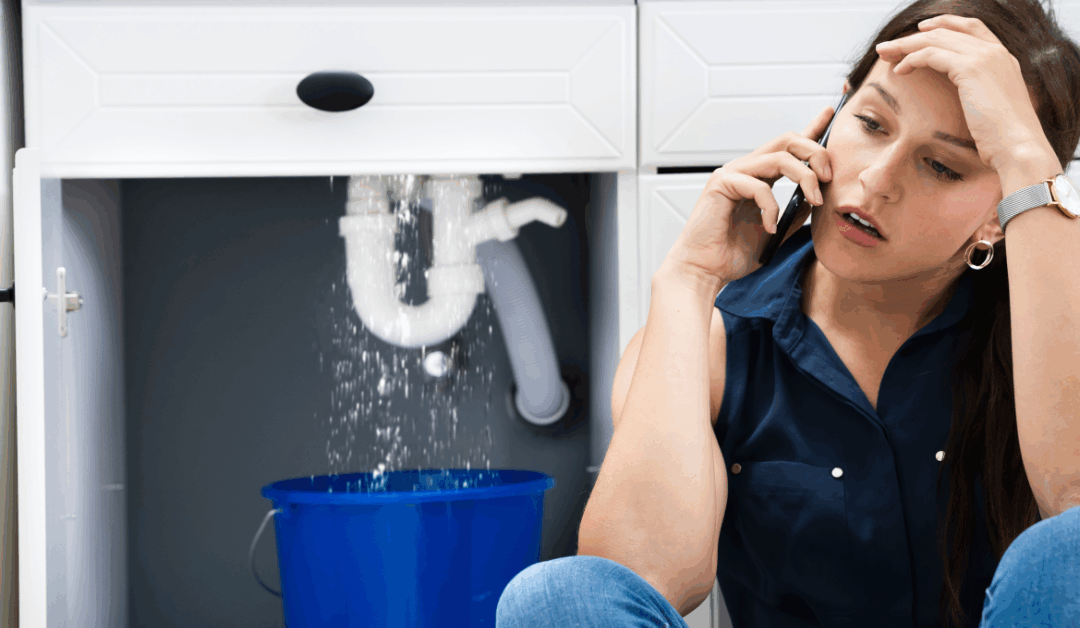Plumbing installation is a critical part of creating a functional home or commercial building. With the right plumbing system, you can ensure a consistent supply of fresh water, efficient drainage, and proper waste removal. Whether you’re building a brand-new property or upgrading an existing one, understanding the basics of plumbing installation can save you time, money, and stress down the line.
This guide is your go-to resource for learning everything you need to know about installing plumbing systems, from planning your plumbing layout to choosing the right pipe materials and ensuring compliance with local plumbing codes. By the end, you’ll have a clear idea of how to make your plumbing system function correctly while avoiding costly repairs and major problems.
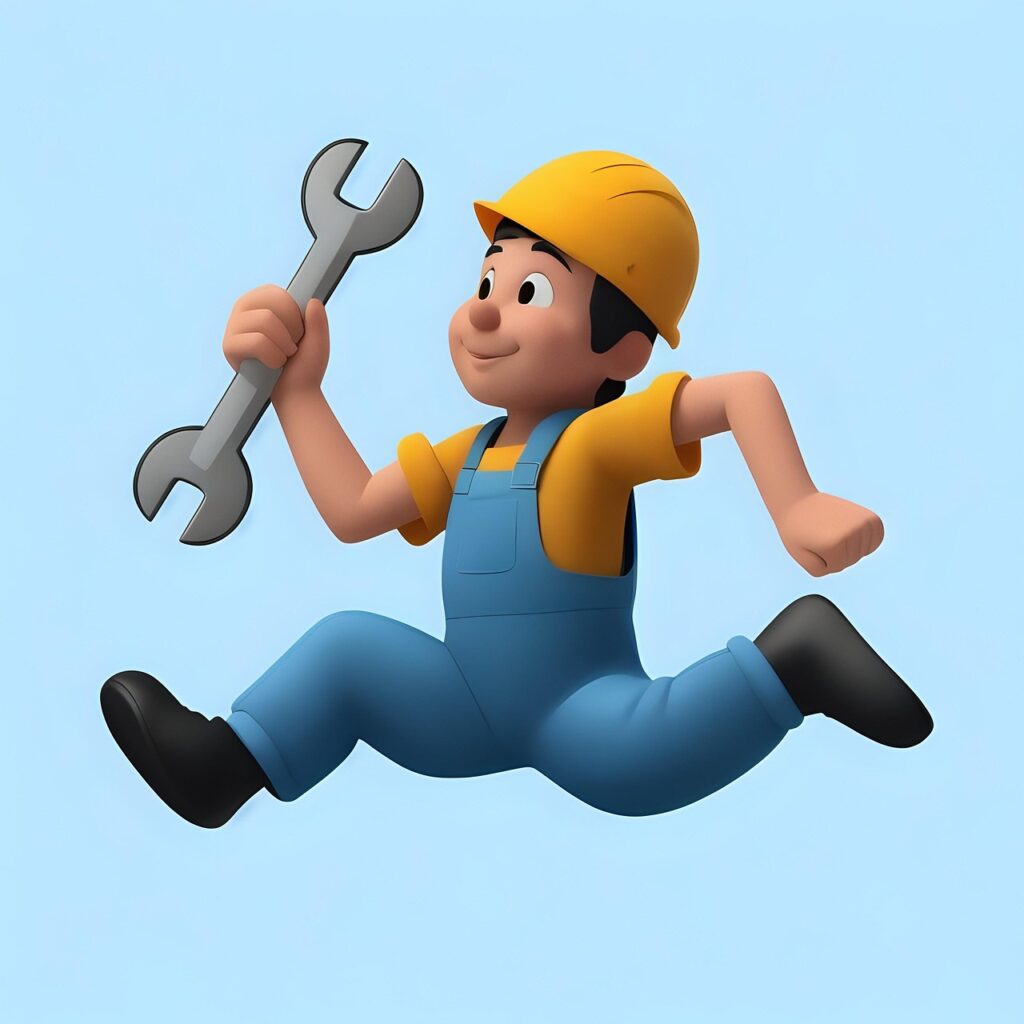
Schedule Service Online
Get a free estimate so you know what you're signing up for
"*" indicates required fields
For Emergency Services Call: 410-255-9300
The Basics of a Plumbing System
Before exploring the installation process, it’s important to understand the key components of a plumbing system. A well-functioning plumbing system consists of:
1. Water Supply Lines
Water supply lines deliver fresh water to your faucets, showers, washing machines, and other plumbing fixtures. These lines are typically connected to your municipal water supply or a private well and are pressurized to ensure efficient water flow. Copper pipes and PEX (cross-linked polyethylene) are some of the most common materials used in water supply lines.
2. Drainage System
The drainage system is responsible for carrying wastewater and solid waste out of your home or building via drain pipes and the main drain. Proper drainage is crucial to avoid standing water, sewer gases, and hygiene issues. Components of the drainage system include:
- Drain Pipes: These carry wastewater from sinks, toilets, and showers.
- Vent Pipes: Vent pipes prevent air pressure imbalances in your drainage system and help sewer gases escape.
3. Plumbing Fixtures
Plumbing fixtures such as faucets, kitchen sinks, toilet bowls, shower valves, and washing machines are the visible parts of your plumbing system. These fixtures are where fresh water is delivered and wastewater is removed.
4. Hot Water System
A water heater is needed to provide hot water for showers, dishwashing, and laundry. There are several options to choose from, including tank-based and tankless water heaters, each offering varying levels of energy efficiency and water usage.
Understanding these components will help you make informed decisions about your plumbing layout and ensure your system operates smoothly.
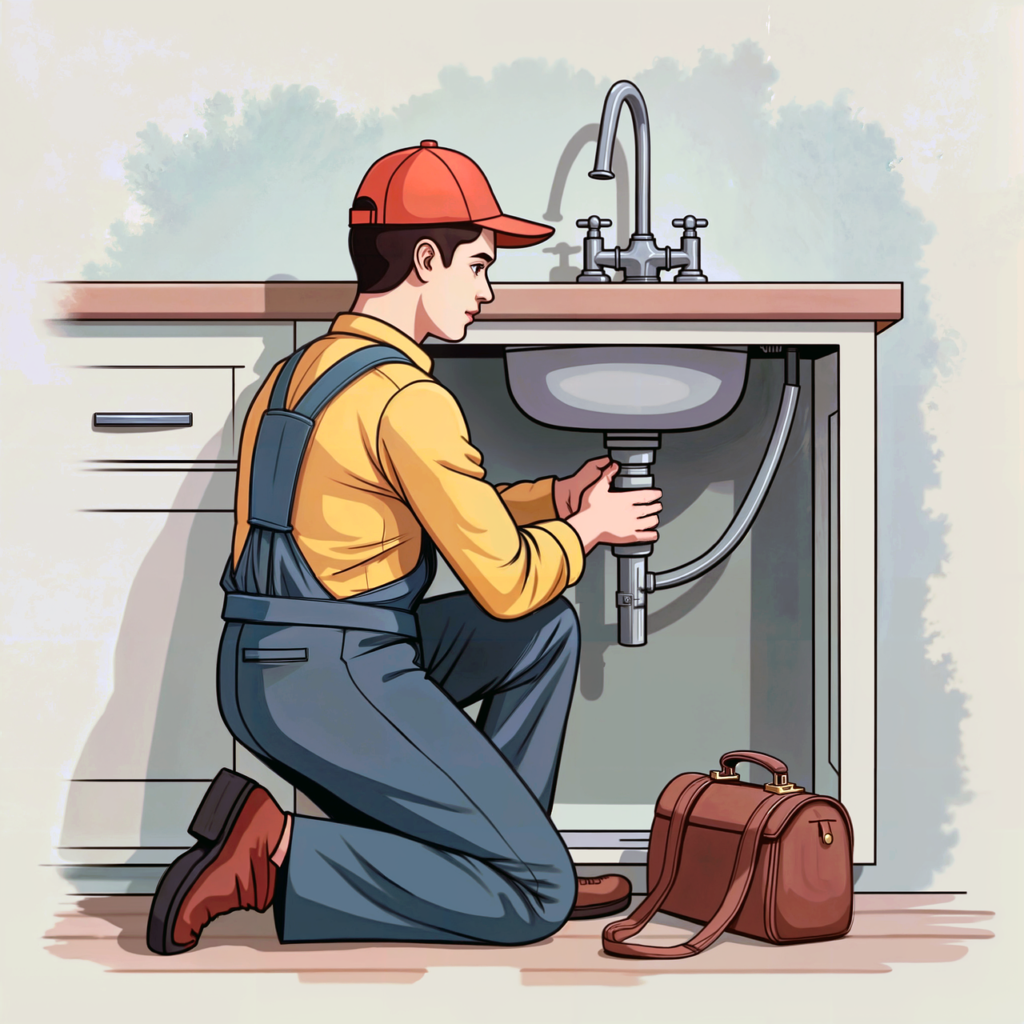
Why Your Plumbing System is Crucial
Your plumbing system is an essential component of any home or business, providing convenience, hygiene, and functionality in daily life. Here are the key reasons why it plays such an important role:
Access to Clean Water
A properly installed plumbing system ensures the safe delivery of clean, potable water for drinking, cooking, and cleaning. Without reliable plumbing, maintaining day-to-day hygiene and health becomes nearly impossible.
Efficient Waste Removal
Plumbing systems are designed to safely remove wastewater and sewage from your property. This prevents the buildup of contaminants, reduces the risk of illness, and keeps the indoor environment sanitary.
Supports Modern Appliances
Modern amenities like dishwashers, laundry machines, and water heaters rely heavily on efficient plumbing. These systems enhance comfort and convenience, simplifying daily chores and allowing you to focus on more important tasks.
Preserves Structural Integrity
A well-maintained plumbing system prevents leaks and water damage, which can lead to structural damage, mold growth, and costly repairs. Proper plumbing protects your property from these risks, ensuring its longevity.
Saves Resources and Money
Energy-efficient plumbing fixtures and modern water systems help conserve water and reduce utility bills. By optimizing water usage, your plumbing system minimizes waste and promotes sustainability.
Complies with Health and Safety Standards
Adhering to local plumbing codes is not just a legal requirement; it also ensures the safety and efficiency of your property. Properly installed plumbing systems safeguard building occupants from potential hazards.
By understanding and maintaining the value of your plumbing system, you can ensure your home or business remains comfortable, safe, and functional for years to come.
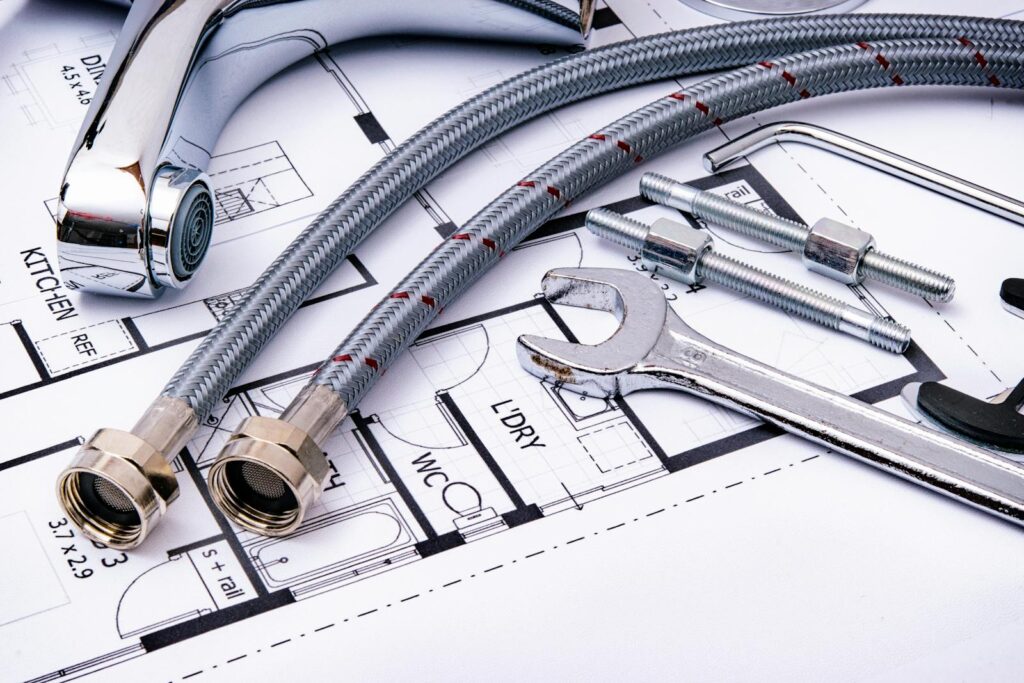
Steps for Plumbing Installation
Installing a plumbing system requires careful planning, the right materials, and professional expertise. Here’s how to get started:
Step 1. Plan Your Plumbing Layout
Start by sketching out a detailed plumbing layout of your property. Mark the locations of plumbing fixtures, water supply lines, vent pipes, drain pipes, and access points. Be sure to include both hot water and cold water lines. Proper planning will help prevent issues like incorrect pipe runs, freezing weather damage, and improper venting.
Step 2. Comply with Local Plumbing Codes
Compliance with local plumbing codes and local building codes is mandatory to ensure safety and prevent major problems. These codes dictate requirements for pipe materials, correct slope, pipe sizes, and venting to prevent leaks and sewer gases. Always check with your local authorities or consult a licensed plumber to ensure you’re meeting regulations.
Step 3. Choose Plumbing Materials
Selecting the right materials is essential for reliability and efficiency. Here’s a breakdown of common options:
- Water Supply Lines: Use PEX, copper pipes, or CPVC (chlorinated polyvinyl chloride) for durability and water pressure consistency.
- Drainage Pipes: Opt for PVC or ABS (Acrylonitrile Butadiene Styrene) pipes for waste removal.
- Vent Pipes: Ensure proper airflow with sturdy metal pipes or ABS material.
- Transition Fittings: Use these to connect different pipe materials (e.g., copper to PVC).
Step 4. Install Water Supply Lines
Begin by installing supply lines for hot and cold water. Maintain proper spacing between the two water lines, and ensure that each line is installed correctly with no kinks or bends. Securely connect the lines to the water meter and ensure that the water pressure is stable.
Step 5. Set Up the Drainage System
Install drainage pipes and vent pipes with the correct slope to encourage waste removal and prevent standing water. Connect the pipes to the main drain and ensure all connections are sealed properly to avoid leaks.
Step 6. Install Plumbing Fixtures
Once the pipes are in place, connect your plumbing fixtures. Make sure to:
- Properly connect faucets, shower valves, and toilet tanks.
- Securely attach everything to avoid costly repairs later.
- Inspect visible pipes for any signs of damage or improper alignment.
Step 7. Check for Functionality
After installation, test your plumbing system by running water through all fixtures. Check for leaks, water flow issues, and proper venting. Inspect accessible areas like the crawl space for signs of gas leaks or water damage.
Step 8. Hire a Licensed Professional
For DIY enthusiasts, plumbing tasks like replacing a kitchen sink or shower valve may be manageable. However, major plumbing work, such as installing gas lines or a water heater, requires professional plumbers or a master plumber to ensure safety and compliance.
Common Plumbing Installation Mistakes to Avoid
Even with a solid plan, plumbing installations can go wrong if attention to detail is lacking. Avoid these common mistakes:
- Ignoring Local Codes: Not adhering to plumbing codes can lead to penalties and costly repairs.
- Improper Venting: Failing to install vent pipes correctly could result in sewer gases entering your home.
- Incorrect Slope: Installing drainage pipes with the wrong slope can cause clogs and standing water.
- Using the Wrong Materials: Choosing improper pipe materials for supply lines or drainage can lead to leaks.
- Skipping Inspections: Always inspect visible pipes and ensure the system is functioning correctly before finalizing.

Benefits of Professional Plumbing Installation | Call MD Sewer and Plumbing
Partnering with professional plumbers provides several advantages, including:
- Expert Advice: Get recommendations on the best materials and layouts for your plumbing system.
- Energy Efficiency: Professionals can install water heaters, fixtures, and supply lines to optimize energy usage and reduce your water bill.
- Prevent Costly Repairs: Proper installation prevents leaks, gas leaks, and damage to pipes, saving you from major problems down the road.
- Compliance Assurance: Licensed plumbers ensure your system follows local plumbing codes.
Helpful Resources for Plumbing Installation
- Plumbing Basics from the EPA: The Environmental Protection Agency (EPA) provides detailed guidelines on water-efficient plumbing systems and fixtures. Visit EPA WaterSense for more information.
- American Society of Plumbing Engineers (ASPE): ASPE offers technical resources, design guides, and training materials for professionals and homeowners. Explore their resources at ASPE.
- Plumbing and Pipes From Family Handyman: For step-by-step tutorials and tips for plumbing repairs or installations, check out Family Handyman.
- Homeowner Plumbing Tips from This Old House: This Old House shares valuable advice from experts on maintaining and installing plumbing systems. Access their articles and videos at This Old House – Plumbing.
- The National Association of Home Builders (NAHB): NAHB offers insights on home plumbing systems, materials, and installation best practices. Visit NAHB for valuable resources.
- Plumbing System Maintenance by Angie’s List: Discover tips and recommendations for choosing professional plumbers or handling simple plumbing tasks at Angie’s List – Plumbing.
- Comprehensive Plumbing Codes from the ICC: The International Code Council (ICC) provides information about building and plumbing codes to ensure safety and compliance. Learn more at ICC Plumbing Codes.
Keep Your Plumbing System Functioning Smoothly
A well-designed plumbing system is essential for ensuring fresh water delivery, efficient waste removal, and proper water usage in your home or building. Whether you’re a DIY enthusiast or planning to hire a licensed plumber, following the steps and tips above will help you complete a seamless installation.
Need professional help for your plumbing tasks? Contact an expert to inspect visible pipes and assess your plumbing layout today. A little investment now will save you from costly repairs and provide peace of mind in the long run.

